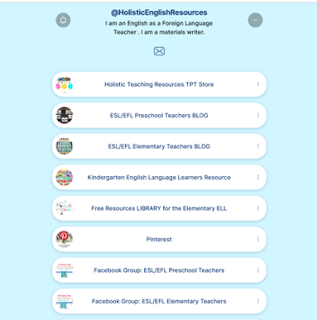LINK to the Adjectives resource is here for your lesson planning :
https://www.teacherspayteachers.com/Product/Adjectives-for-Elementary-ELL-2150071
Describe
Yourself" Worksheet. This worksheet
invites students to draw a picture of themselves and describe their appearance
using simple adjectives. It encourages
Self-Expression.
Repetitive
adjective exposure boosts word familiarity and supports sight word development
for English language learners. Use this cut and paste worksheet set along with
unscramble sentence.
Build
Confidence in Reading, by matching the sentence to the word featuring the
character of MR. Big Nose from the book below.
This
printable book features a character with a big
nose in a fun and meaningful way to connect reading with learning
adjectives—especially those related to physical appearance and descriptive
language. Print the pages and put together as many books as you need.
After
reading, students can draw their own character. They will describe it using
adjectives based on the book.
This resource has more to check, go to this blog post: https://eflelementaryresources.blogspot.com/2025/06/adjectives-flashcards-for-elementary-ell.html
Visit
my TPT store Holistic
English
Resources by Rosa Amelia on Teachers Pay Teachers!
The store is filled with engaging, hands-on activities that support language
development through fun themes, including prepositions, vocabulary games, and
more. Perfect for elementary and kindergarten classrooms, these resources are
designed to make English learning accessible and enjoyable for students. Check
it out and find something new to inspire your lessons! Click: https://www.teacherspayteachers.com/Store/Holistic-English-Resources-By-Rosa-Amelia














































